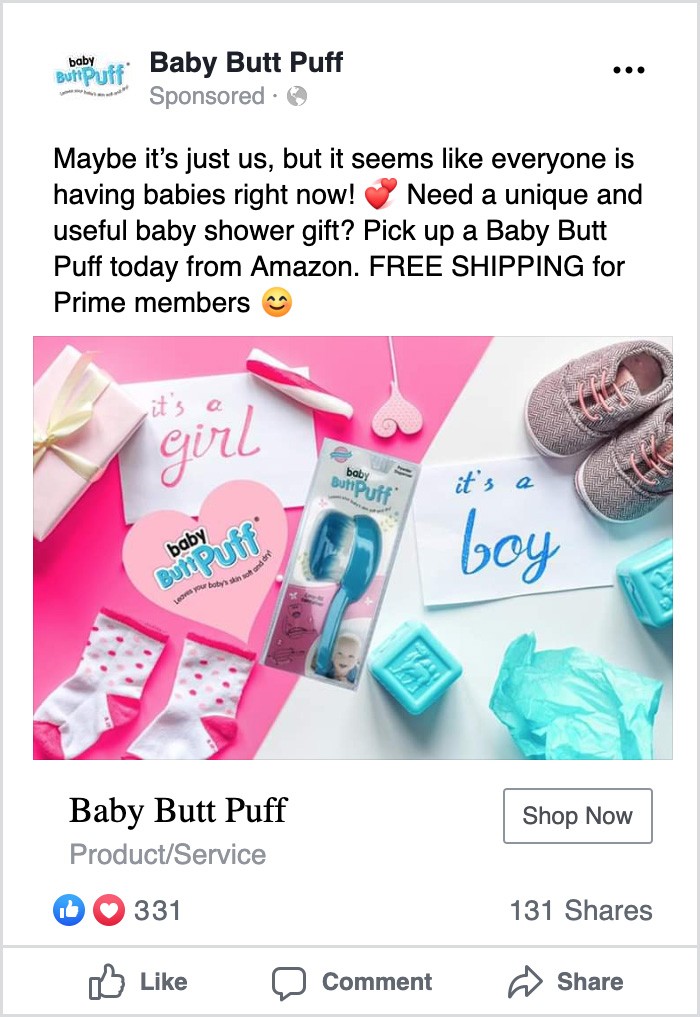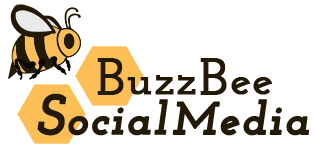
Paid Social Ads
Services for businesses who fast and effective social media marketing results
Knowledgeable companies understand that paid social media is a useful tool in establishing a well-rounded marketing plan, and done correctly, paid social can be one of the most useful ways to reach potential customers. With an array of options available, the key to successful paid social media is understanding the types available and strategizing appropriately with an experienced social media manager or agency.
What is paid social media? Paid social media uses customized, sponsored ads to increase visibility and presence in pages and feeds. Through selecting a specific audience or demographic intended to see content, paid social media delivers your message quickly and precisely.
Some may wonder why they should use paid social when there are free options available. We recommend an 80/20 approach to a social media campaign. This means 80 percent of efforts are made organically (or free) on a company’s social pages. While the remaining 20 percent is spent on paid social. Paid social is particularly effective at targeting new customers with specific interests/behaviors, building brand awareness outside of the existing following, gain pre-qualified leads or convert traffic to a website. The most attractive quality of paid social is that it happens fast. Once the ad is created, it is displayed immediately to relevant audiences until the budget is exhausted.
Marketing budgets no matter the size, need to be spent efficiently. Paid social media is an excellent tool to use in conjunction with other digital marketing operations to advertise products or services.
Promoted Facebook Posts
Facebook is the number one social media network in the world. Their advertising platform is ever-evolving and offers a wide range of targeting options and ad creation abilities. Companies can choose to target location, age, gender, household income and interests of their ideal customer with a simple audience building tool. Ad spend and duration are then selected as well as a daily or lifetime budget. Additionally, Facebook provides in-depth analytics that are fairly easy to use to determine ROI.
Promoted Instagram Posts
Now that Facebook owns Instagram, businesses may use the Facebook ad manager tool to create promoted Instagram posts if they have an Instagram page linked to their company’s Facebook account. When creating sponsored Instagram posts through the Facebook ad creator, companies can take advantage of the vast array of targeting options available. Those who do not have linked accounts can still promote posts directly on the Instagram platform, however, the targeting options are more limited.
Promoted Twitter Tweets
Tweets are easily promoted in a few easy steps. Audience targeting tools are expansive with hundreds of interest categories, including targeting by keyword search, targeting followers of a specific Twitter account as well as basic demographics such as age, gender and location. Similar to Facebook, budget and duration are selected, and an ad performance report is available to read and download following completion of the ad set.
Sponsored LinkedIn Updates
Useful for Business to Business networking, LinkedIn acts as a similar platform to Facebook for companies and professionals looking to share information related to business. Audience targeting options include job title, job function, industry, seniority, geography, company and education. LinkedIn also allows users to set budgets and choose from either cost per click or cost per impression accounting.



